Outlook Reactions
Quasi alle sozialen Medien als auch Teams erlaben das Kennzeichnen von Beiträgen mit Smileys und anderen Symbolen. Nur Mails in Outlook wurden bisher verschont, d.h. wenn ich eine Mail an mehrere Personen versendet habe, dann gab es als "Rückkanal" nur die Antwort. Mit Outlook Reactions können Empfänger einer Mail nun auch ihre "Meinung" dazu dem Empfänger mitteilen. Ich habe hier die Hintergründe beleuchtet.
Message Center MC239090
Vermutlich alle Office 365 Administratoren haben am 21. Feb 2012 folgende Meldung ihn ihrem Message Center bekommen:
Message ID: MC239090 Published date: 2/12/2021 Category: Stay Informed Tags: Admin impact, New feature, User impact Reactions to email messages is coming to Outlook on the web, Outlook for iOS, and Outlook for Android. With this release, Outlook for iOS and Outlook for Android will also add an in-app notification experience where users can view reactions from others, similar to what's seen in Outlook on the web today. This message is associated with Microsoft 365 Roadmap ID 69095 (https://www.microsoft.com/microsoft-365/roadmap?filters=&searchterms=69095), 69097 (https://www.microsoft.com/microsoft-365/roadmap?filters=&searchterms=69097), 70615 (https://www.microsoft.com/microsoft-365/roadmap?filters=&searchterms=70615) [When this will happen] Reactions will start rolling out at the beginning of March to Targeted Release and Standard Release for Outlook on the web, and to monthly channel production for Outlook on iOS and Android. The rollout will be complete by the end of March. The new notification center on iOS and Android will also start to roll out to customers in production monthly channel at the beginning of March and will be complete by the end of March. [How this will affect your organization] Users will be able to react to email messages with like, love, laughter, celebration, surprise, and sadness. Upon applying a reaction to an email message, the reaction will be visible in the reading pane for users with an Office 365 for work or school account within the same tenant on supported Outlook apps. When someone reacts to their message, users will see an indication on the existing bell icon in Outlook on the web. Apply reactions in Outlook on the web. Email message detailing which sent messages received a reaction. Reactions appear in Outlook for iOS. Outlook for Windows, Outlook for Mac, Mail for Windows 10, older versions of Outlook for iOS or Android, and non-Microsoft email clients, as well as Exchange Server with hybrid modern authentication are not supported in this initial release. Users with these apps and services will not be able to apply or see reactions, but they will receive one email per day alerting them of reactions applied to their sent emails.Reactions applied to emails from outside your tenant are not supported in this release. Users on a different tenant will not see reactions applied to their emails, nor will they receive an email alerting them of reactions applied to their sent emails. This is expected to be improved upon in a future release. [What you need to do to prepare] There is no action you need to take to prepare for this change, but you might consider updating your user documentation and alerting your help desk.Learn more: The evolution of mobile productivity, even when we’re a little less mobile - Microsoft 365 Blog (https://www.microsoft.com/microsoft-365/blog/2021/02/01/the-evolution-of-mobile- productivity-even-when-were-a-little-less-mobile/)
Im März 2021 wird die Funktion für IOS, Android und Browser ausgerollt. Der Outlook Desktop-Client (Windows/Mac) bekommt noch nicht die Funktion aber erhält dann einmal am Tag eine "Zusammenfassung". Ich bin neugierig, wie Anwender dies finden und was mit Postfächern passiert, die auch mobile Clients nutzen. Zudem sind die "Reactions" auf den gleichen Tenant beschränkt.
Hintergründe
Sobald die Funktion auf einem meiner Clients nutzbar ist, werde ich natürlich mit Wireshark, Fiddler und Messagetracking die Zusammenhänge genauer betrachten. Ich kann eigentlich kaum glauben, dass Microsoft diese "Reactions" als Systemmail an den Absender übermittelt. Jeder "like" wäre dann eine Mail?. Auf der anderen Seite wird aber genau das am einfachsten umzusetzen sein, denn ein "Onlinezugriff" auf irgendeinen Webservice o.ä.
Wenn in der ersten Version diese Funktion nur innerhalb eines Tenant vorhanden ist, dann stellt sich die Frage, ob diese Funktion auch im Hybrid-Mode mit On-Premises-Postfächern möglich ist und ob irgendwann die Funktion auch per "Federation" mit anderen Firmen möglich sein wird. Vielleicht sogar mit eigenen Richtlinien wie bei der Teams Federation mit "vertrauenswürdigen Domain".
Sollte dann SMTP als Transport genutzt werden, dann ist das auch ein Thema für Spamfilter wie z.B. NoSpamProxy, die solche Mails zwischen Tenants natürlich auch betrachten können.
Da sind noch viele Fragen offen.
Weitere Links
- 69095 Outlook for iOS: Reactions
https://www.microsoft.com/microsoft-365/roadmap?filters=&searchterms=69095 - 69097 Outlook for iOS: Reactions
https://www.microsoft.com/microsoft-365/roadmap?filters=&searchterms=69097 - 70615 Outlook: on the web - React to an email message
https://www.microsoft.com/microsoft-365/roadmap?filters=&searchterms=70615 - The evolution of mobile productivity, even when we’re a little less mobile
https://www.microsoft.com/en-us/microsoft-365/blog/2021/02/01/the-evolution-of-mobile-productivity-even-when-were-a-little-less-mobile/
